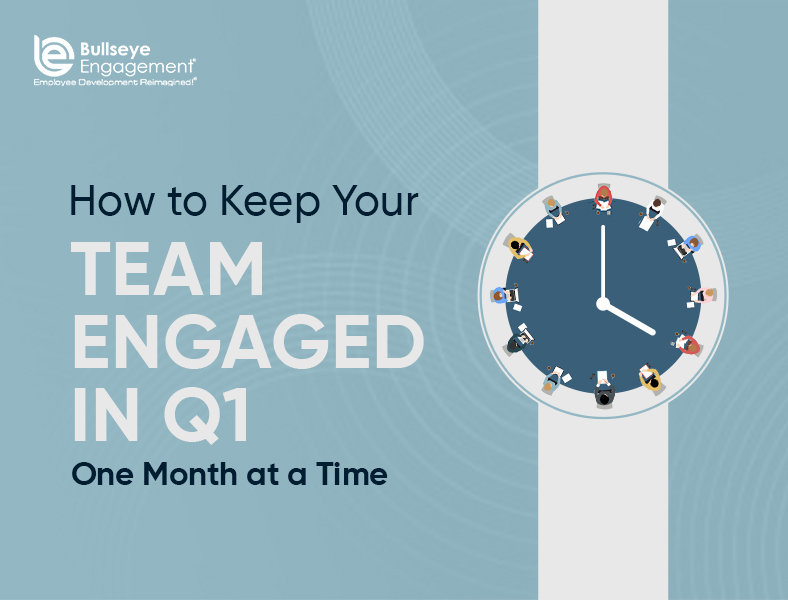We sat down with Lieutenant General (Retired) Michael Rochelle to discuss the decisions leaders need to make as they continue to tackle challenges tied to COVID-19. Find out his suggestions for leaders and human capital managers below, or click here to listen to the full discussion.
Michael Rochelle is a senior-level human resource manager with 37+ years of executive leadership and management experience. General Rochelle culminated a distinguished military career as the Deputy Chief of Staff for Personnel, G-1, Headquarters, United States Army. He served as the U.S Army’s Chief Human Resources Officer, responsible for all Human Resources policy and Human Resource management for the 1.1 million person United States Army. He is now the President and CEO of MDR Strategies, a successful strategic human capital consulting firm.
What should leaders prioritize as they navigate these uncertain times?
LTG Rochelle – Leaders need to start asking better questions. Leaders should be capable of placing questions on the table that elevate everyone’s thinking on a given subject. The minute a leader thinks he or she is the sole proprietor of all of the knowledge and wisdom in the world is the moment they really cease to lead.
Leaders should pose questions that help determine the best ways the corporation, the advisory board, and individual teams can address the problem. You become comfortable going into uncertain situations by sitting in the question and acknowledging what you don’t know. That’s how you stay receptive and open to the unknown.
How important is real-time data?
LTG Rochelle – Real-time data is critical, but real-time data shouldn’t necessarily provide an answer. The real-time data should inform the questions that help to lift everyone’s appreciation for what the data illustrates.
Even with real-time data, leaders need to recognize that some of the most novel ideas for tackling difficult problems come from the fringes. Oftentimes the employees who do not regularly communicate with leadership have some of the best answers. Leaders should build a culture that encourages and rewards feedback, then regularly pose questions to all levels of the organization like “what’s a better way to do this?” If there’s psychological safety, and the culture rewards feedback, leaders can uncover lots of valuable information this way.
What is a key data point an HR leader should be looking at right now?
LTG Rochelle – Organizations really need to look at how well they are assessing employee attitudes, needs, perspectives, and overall employee engagement. I don’t think there’s ever been a more important time for leaders to sample engagement metrics than now.
Absent a very well-thought-out engagement strategy, an organization will lose key talent at the end of this pandemic. When the economy improves, talent will flow to wherever the highest personal or financial reward is available. The organizations that have failed to recognize the importance of engagement in our current environment will be on the losing end of the spectrum. Their critical talent will flee to where there is a better culture and better engagement. It plays a huge role in retention.
How can HR leaders show the business value of their human capital strategies?
LTG Rochelle – It’s important for all leaders, not just human capital leaders, to see the bigger picture, and then bring their expertise to the table to help leaders solve the bigger problems. Frankly, human capital strategy that isn’t linked to overall corporate strategy will be perceived as a nuisance. However, when human capital strategy is nested in the unique business model and the unique overall strategy of the entity, it is valued.
Human capital leaders often overemphasize the expert knowledge and the proprietary tools that possess, to their own detriment. It prevents them from being perceived and valued as members of the corporate strategy team. It’s a prevalent shortcoming among human capital leaders. HR leaders must recognize that human capital strategy is worthless without nesting it in the overall business strategy. They can, and should, use tools like Bullseye provides to analyze data. But they must then ask, “so what?” and communicate how it supports the overall corporate strategy.

















